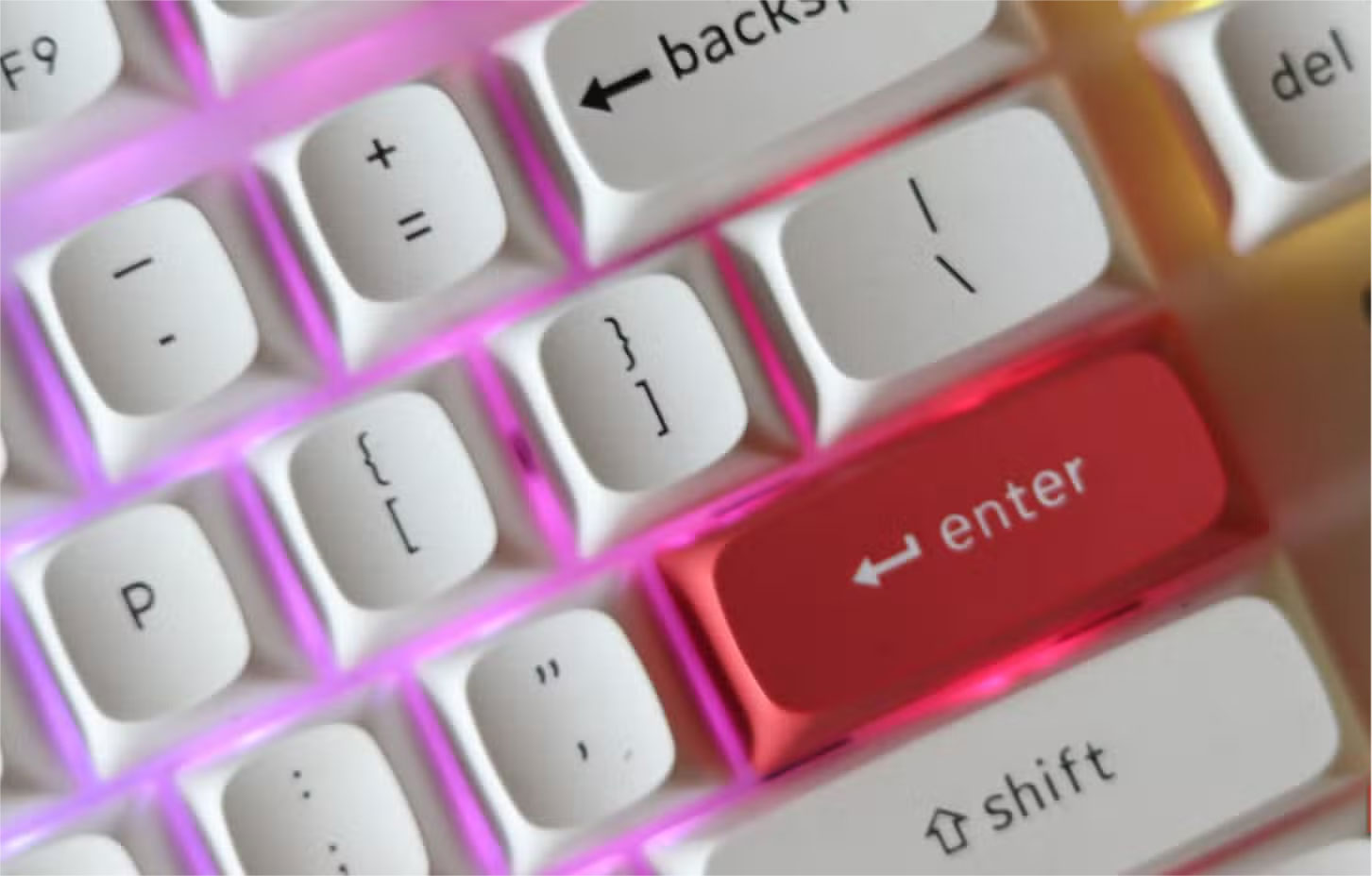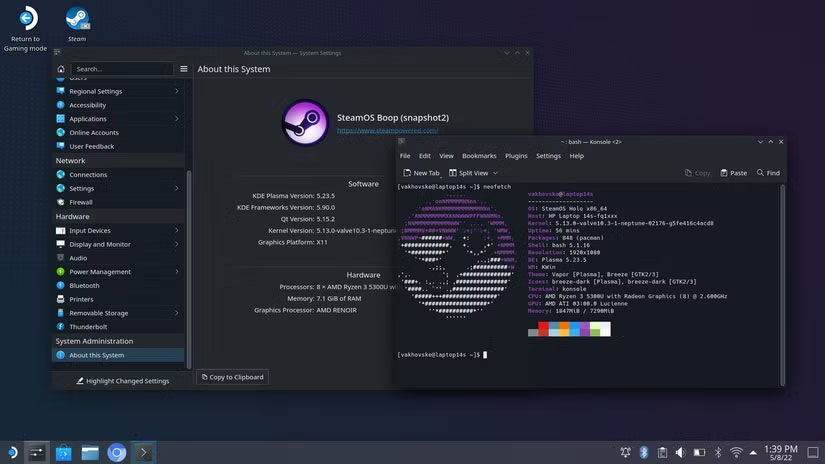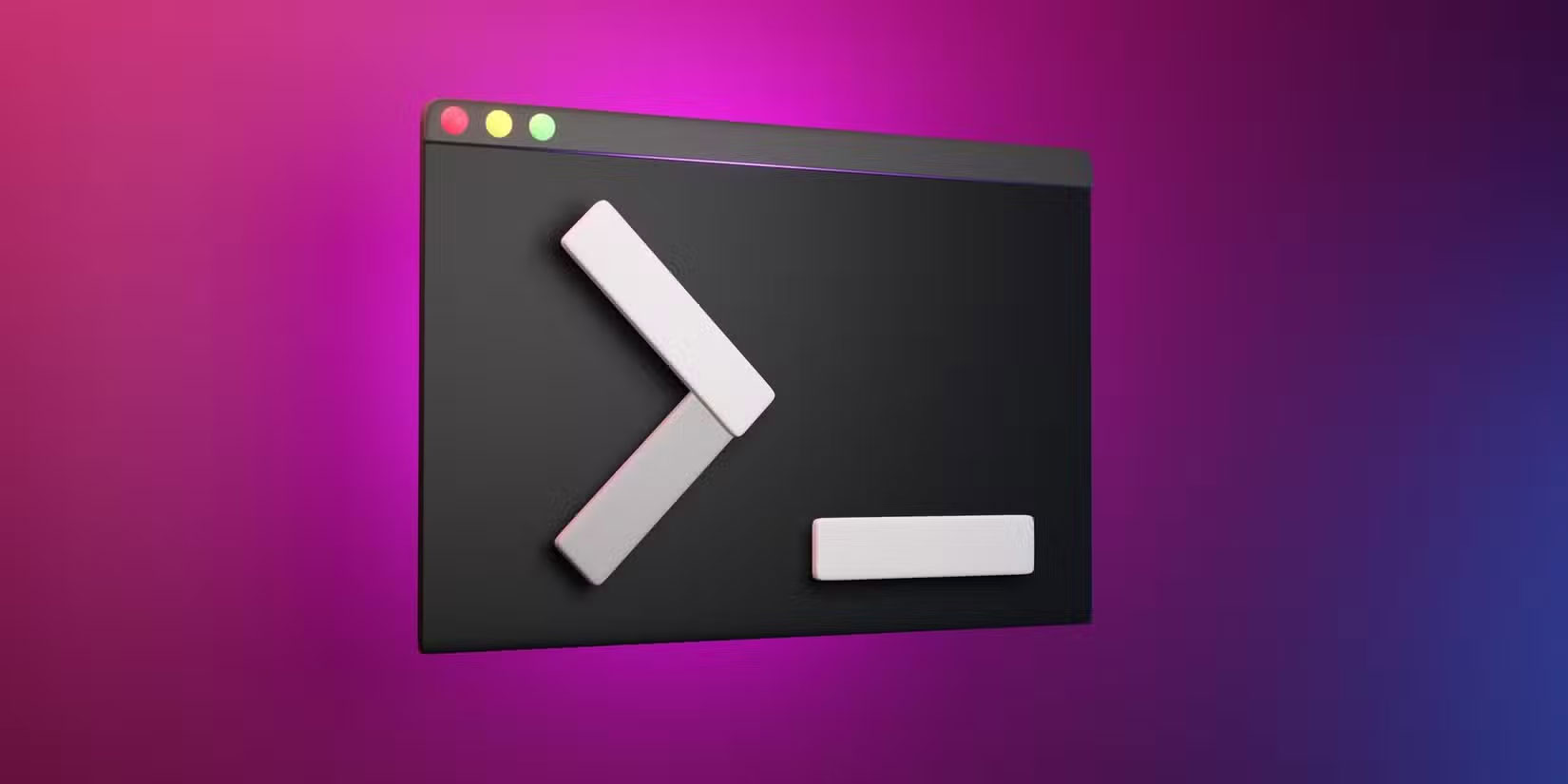5 Surprises You Get When Switching to Linux
Whether it's reviving a broken PC or ditching Windows, there are now more reasons than ever to switch to Linux . But the switch also comes with some surprises that might surprise you.
5. Troubleshooting is very different
If you're used to Windows troubleshooting tools and a point-and-click approach to troubleshooting, troubleshooting on Linux will be very different. You'll probably be forced to read through log files and command line output for the first time to figure out what's wrong.
When something goes wrong in Linux, the system log (usually located in /var/log/ ) will usually tell you exactly what went wrong and where. These error messages are also much more detailed than the cryptic error codes that Windows throws at you.

Instead of clicking through menus and Googling error codes , learn commands like journalctl, dmesg , and tail to check your system logs. Before you know it, the terminal will become an essential tool for diagnosing problems and more; it's not just an optional tool for power users.
4. RGB peripherals will be difficult to customize
Linux is not the operating system for you if you use proprietary software; nothing is more affected by this than your RGB peripherals. All peripherals with complex RGB effects are much more difficult to control in Linux, simply because the proprietary software that manufacturers like Corsair, Razer, and Logitech require is not available for Linux.
RGB peripherals will still work, but you'll lose the ability to control them or create program-specific lighting profiles. At least initially. Thanks to the open source community, some third-party programs can restore this functionality.
OpenRGB is the absolute king of RGB control on Linux, with support for hundreds of peripherals from many different manufacturers. It won't completely replace the manufacturer-supplied software for your peripherals, but you'll still get basic color control and effects.

3. You will need alternative programs
This is one of the most common problems when switching to Linux, but you might not realize how many replacement programs you have to look for. Adobe's creative suite, Microsoft Office, and the specialized CAD program you used to create files for your 3D printer? All gone.
Luckily, the trick here is to find worthy, and often free, alternatives that you may not have known about. Some of these alternatives may even be better than the programs you're using on Windows. For example, GIMP can outperform Photoshop in some key areas.
Fortunately, the Linux ecosystem in 2025 offers mature alternatives to almost every proprietary Windows or macOS program. The challenge is finding the tools that work for you, then adapting to your new workflow and interface. In most cases, these tools are feature-comparable to their Windows/macOS alternatives, but you may have to spend some time learning how to use them.
2. Gaming becomes a challenge
Gaming is the biggest barrier to getting started with Linux, and unfortunately, many people don't see themselves getting over it anytime soon. Yes, Steam 's Proton compatibility layer has made Linux a significantly better gaming platform than it was before, but there are some caveats to keep in mind.
Most games still won't run on Linux, period. The biggest problems are games that require kernel-level anti-cheat programs like BattlEye and Easy Anti-Cheat. Even if you can run the game on Linux, if the anti-cheat software isn't working, you won't be able to play the game online (or in some cases, even offline).

For this reason, popular multiplayer games like Valorant and Fortnite remain completely inaccessible on Linux, forcing you to keep a dedicated Windows partition for gaming.
1. Get familiar with Terminal
Chances are, if you're a Windows or macOS user switching to Linux, you've probably never used the terminal. Even after you've made the switch, you can still do most things without ever having to work with the Linux terminal. However, it's a good idea to get familiar with the Linux terminal as soon as possible.
It will definitely take some getting used to. Learning basic commands like ls, cd, cp, mv, grep, and many others will be pointless at first, especially when there are visual tools for almost everything in modern Linux distributions.

But the real power of Linux lies in the terminal. Package management, system configuration, file manipulation, and above all, troubleshooting are all much more efficient when you use the terminal. Not to mention that most Linux tutorials on installation or troubleshooting require running a terminal command at some point.
 3 ways to try Linux without using USB
3 ways to try Linux without using USB How to Build a Random Word Generator Using Bash in Linux
How to Build a Random Word Generator Using Bash in Linux No Need to Give Up Windows: Dual Booting Linux Is Easier Than You Think!
No Need to Give Up Windows: Dual Booting Linux Is Easier Than You Think! 8 fun interactive games to help you learn Linux faster
8 fun interactive games to help you learn Linux faster Why Linux Mint is the best distro to start migrating from Windows 11 to Linux?
Why Linux Mint is the best distro to start migrating from Windows 11 to Linux? Kubuntu officially removes default support for X11 platform
Kubuntu officially removes default support for X11 platform